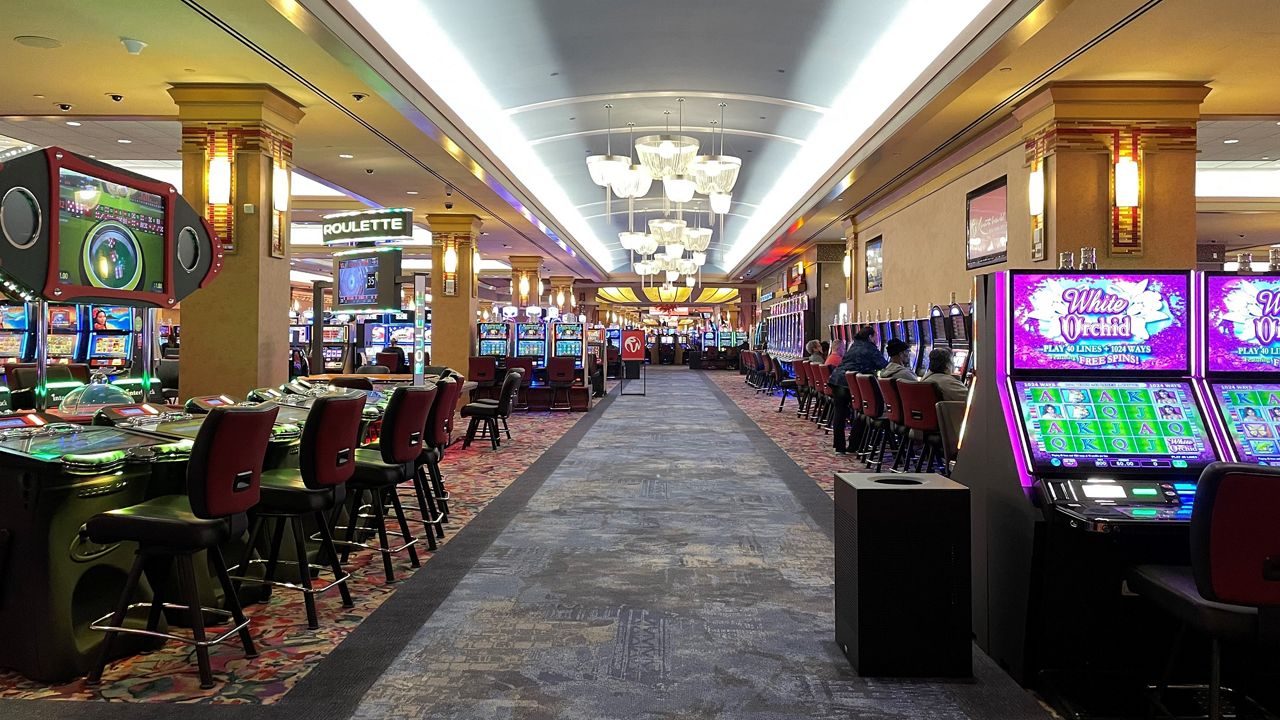In the dynamic and stimulating world of casinos, where luck and tactics intertwine, hues and design play a key role in drawing in players. As soon as players step inside a casino or access a gaming website, they are enveloped in a sightly feast that captures their attention and lures them to discover more. Bright colors, captivating graphics, and innovative layouts are meticulously crafted to create an environment of excitement and expectation, ultimately enhancing the gaming experience.
As players navigate through the dynamic landscape of casino games, they encounter a variety of designs that not only serve aesthetic purposes but also influence emotions and choices. Colors like scarlet and yellow symbolize wealth and luck, while calm blues and greens can create a more relaxed environment. Understanding how these elements work together allows casinos to create an inviting and energizing atmosphere that encourages players to interact with the games, spend additional time at the tables, and increase their overall enjoyment.
The Psychology of Tint in Gaming Establishments
Tint plays a crucial role in the creation of gaming experiences, affecting players’ feelings and actions. Vivid and striking colors, such as scarlet and amber, are often used to stimulate enthusiasm and draw notice. These hues create a sense of pressure and vitality, encouraging gamblers to engage more readily with the activity. hakim4d resmi By intentionally selecting hues, designers aim to evoke emotions of pleasure and excitement, which can enhance the complete game experience.
Different hues also have psychological associations that can influence how players perceive their chances of victory. For instance, emerald is often associated with fortune and abundance, making it a frequent choice in games like the roulette wheel and poker setups. This connection can cause gamblers to feel more optimistic and self-assured in their gaming, ultimately inspiring them to wager more. Understanding these links allows game creators to create environments that enhance player enjoyment and engagement.
Moreover, the design of casino game interfaces often employs gradients and opposing shades to instruct player actions. For case, successful combinations may be accentuated with bright, opposing shades, creating a visual incentive. This approach strengthens positive outcomes and encourages repeated gameplay. By leveraging the science of color, gambling establishments can create games that not only captivate gamblers but also hold them engaged and committed in their play experience.
Design Elements that Engage Gamers
The visual appeal of gambling games is primarily influenced by the implementation of bold colors. Bright and contrasting colors are strategically chosen to create an appealing atmosphere that captures attention. For example, reds and golds often signify good fortune and wealth, which is why they are common in the color schemes of slot machines and table surfaces. These colors not only attract players in, but they also stir emotions related to thrill and anticipation, enhancing the overall gaming experience.
In parallel to color, the aesthetic and organization of gambling games play a crucial role in captivating players. Games are designed to be user-friendly, ensuring that players can quickly understand the rules and mechanics. Accessible interfaces, along with engaging graphics and motion, help maintain player interest and promote longer play sessions. The physical elements, such as the texture of the controls and the sounds of the games, also contribute to a comprehensive sensory experience that keeps players immersed.
In conclusion, thematic elements in gaming design can greatly influence player choice. Many gambling games are inspired by media, fairy tales, or exploration motifs, featuring symbols and characters that connect with players. These themes create a sense of engagement and connection, making each game feel unique. When players feel a bond to the theme, they are more likely to opt for that game over others, leading to increased participation and enthusiasm within the casino environment.
Case Studies: Notable Gambling Game Designs
One prime example of impressive casino game design is the popular slot machine series based around blockbuster movies. Games such as those based on the The Wizard of Oz and Game of Thrones utilize bright colors and superior graphics to engage players in familiar narratives. The use of dynamic visuals and captivating sound effects grabs the focus of players, creating an affective connection to the theme. This approach merely encourages longer play but also enhances the overall gaming experience, resulting in increased player retention.
Another notable case is the application of color psychology in table games like blackjack and roulette. Casinos often design these games with deep reds and greens, colors traditionally linked with luck and wealth. For instance, the green felt on a 21 table provides a calming effect, while the red accents in roulette invite thrill. This deliberate use of color helps to foster an inviting atmosphere that motivates players to engage, satisfying their psychological impulses and increasing their enjoyment.
Finally, social casino games that incorporate social features and bright, dynamic designs have achieved remarkable success in engaging players. Games like Zynga’s Poker and Slot-O-Mania leverage vivid colors and playful animations to forge an inviting online environment. The inclusion of leaderboards, community sharing options, and in-app rewards encourages competition and community, drawing players in for longer sessions. Such designs merely make the games visually attractive but also highlight social interaction, a key factor in player retention and engagement within digital casino environments.

